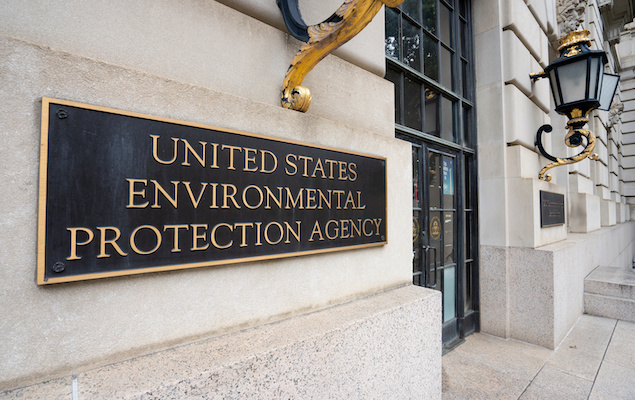ADA urges evidence-based approach in EPA fluoride review
Encourages adherence to Safe Drinking Water Act protocols

The ADA is urging the Environmental Protection Agency to incorporate several evidence-based studies and analyses in any upcoming review of the science on the safety of fluoride in drinking water. It also encouraged the agency to apply its Safe Drinking Water Act review protocols and discontinue literature that doesn’t meet those standards.
This follows an April 7 EPA announcement stating the agency intends to “expeditiously review new scientific information on potential health risks of fluoride in drinking water.”
In a June 9 letter, ADA President Brett Kessler, D.D.S., and Interim Executive Director Elizabeth Shapiro, D.D.S., J.D., noted that the Safe Drinking Water Act requires the agency to follow certain protocols when considering changes to its national primary drinking water regulations.
The ADA provided a list of studies it said are likely suitable for a six-year review, based on the risk evaluation protocols established in the Safe Drinking Water Act. It identified various meta-analyses, evidence reviews, peer reviews and commentaries. The Association also said the risk-of-bias assessment method the National Toxicology Program used in its 2024 report is “far less stringent” than the six-year review protocols the Environmental Protection Agency follows under the act.
“In fact, most of the 19 studies upon which [the National Toxicology Program] relied would be considered unsuitable for a six-year review,” the ADA said, noting that many of these studies have methodological flaws and use fluoride levels significantly higher than U.S. recommendations.
The letter urged the agency to consider the weaknesses of the studies and meta-analyses the National Toxicology Program relied on before giving weight to the agency’s report and separately published meta-analysis. See the letter for the full list of ADA-deemed suitable and unsuitable studies.
Additionally, Drs. Kessler and Shapiro said the latest version of the ADA’s fluoridation resource, Fluoridation Facts, is scheduled for publication in June. Fluoridation Facts provides answers to frequently asked questions about the safety, health benefits, cost-effectiveness of community water fluoridation and aims to “provide clear, well-cited answers to help policy makers and the public navigate the many misperceptions about this time-tested and highly successful public health initiative.”
“We would welcome the opportunity to discuss how the ADA can support and partner on a new scientific review of fluoride in drinking water. In the meantime, we urge you to prioritize high-quality studies that are consistent with the [Safe Drinking Water Act] review protocols, and discount literature that does not meet that standard,” the ADA said.

